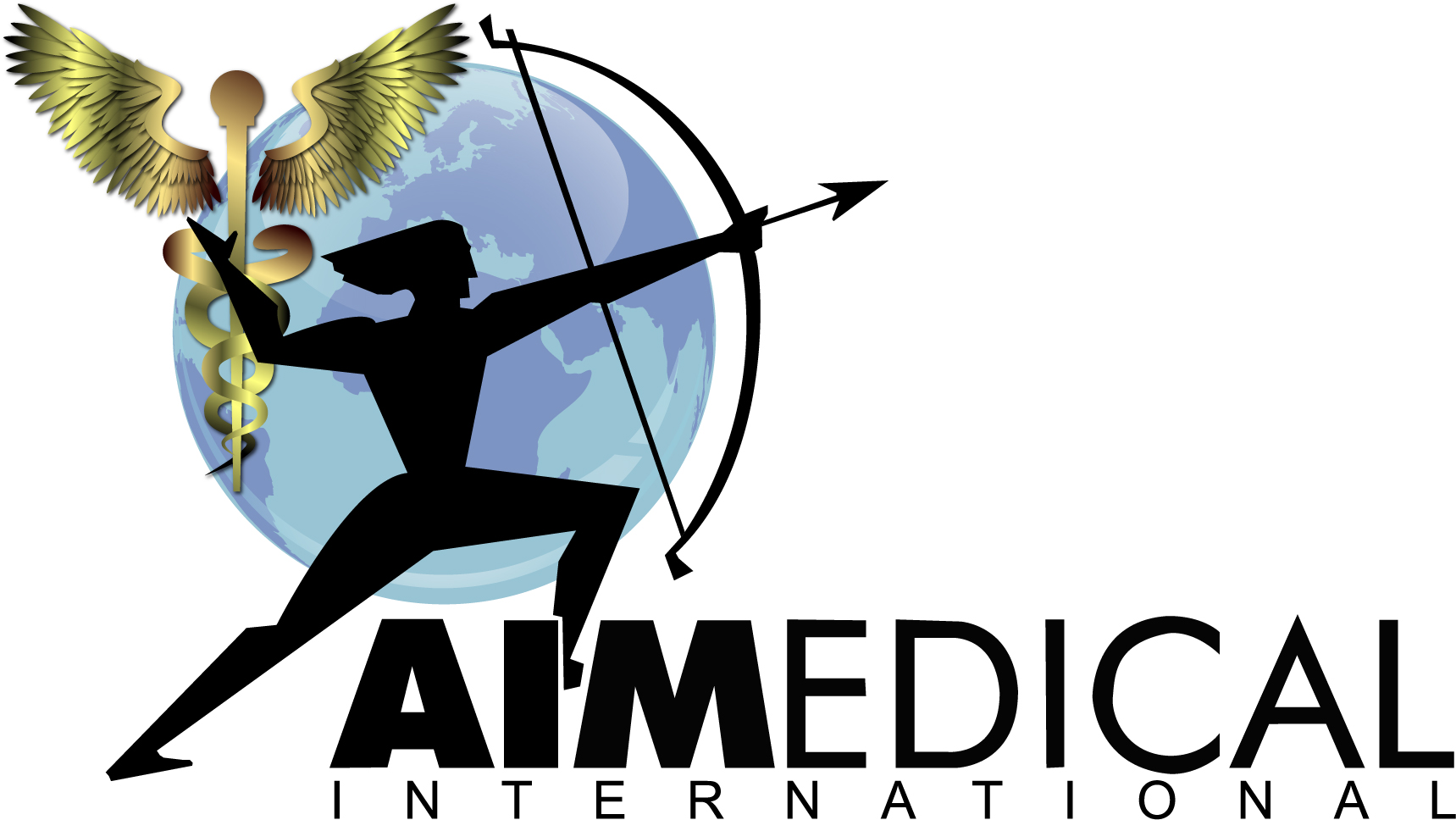Ultimate Guide to Unlocking the Benefits of Tms Magnetic Stimulation Therapy
In recent years, Tms Magnetic Stimulation has emerged as a groundbreaking therapeutic modality, revolutionizing the treatment landscape for various mental health conditions. Offering a non-invasive approach, this innovative therapy harnesses the power of magnetic fields to stimulate specific areas of the brain, unlocking a myriad of benefits for individuals struggling with depression, anxiety, and other mood disorders. As we delve into the intricacies of Tms Magnetic Stimulation, this ultimate guide will provide crucial insights into its mechanisms, effectiveness, and potential applications, empowering readers to make informed decisions about their mental health journey. Join us as we explore how Tms Magnetic Stimulation could be the key to unlocking a brighter, more balanced future for those seeking relief from debilitating symptoms.
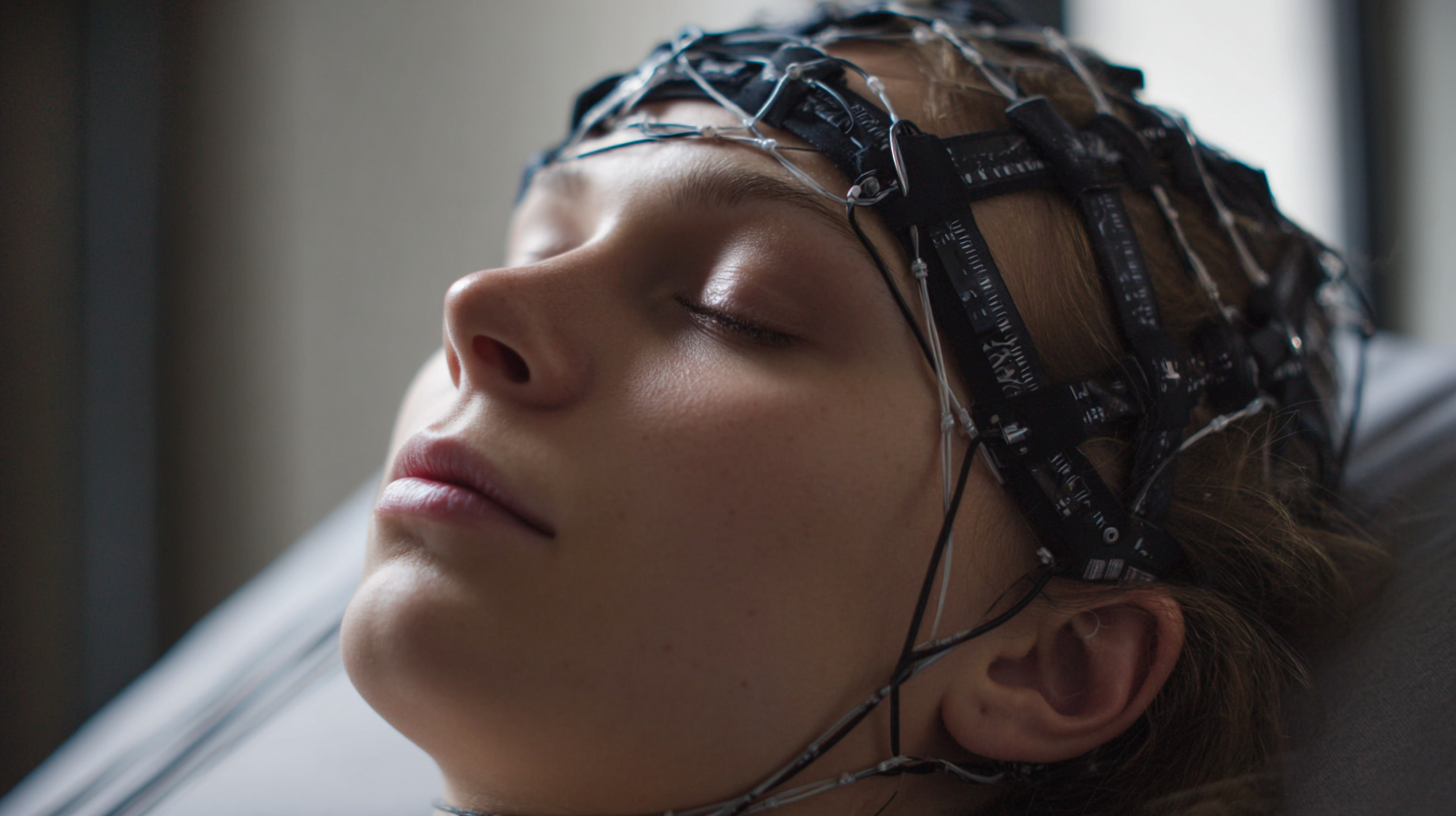
Understanding TMS Therapy: What It Is and How It Works
Transcranial Magnetic Stimulation (TMS) therapy is an innovative, non-invasive treatment that utilizes magnetic fields to stimulate nerve cells in the brain. This approach primarily targets regions linked to mood regulation and has shown promise in treating conditions like depression, anxiety, and PTSD. During the procedure, an electromagnetic coil is placed against the scalp, delivering targeted magnetic pulses that penetrate the skull and activate the neural circuits responsible for these mental health conditions.
Unlike traditional therapies, TMS does not require anesthesia and can be conducted in an outpatient setting, allowing patients to return to their daily activities soon after the session.
Understanding how TMS therapy works is crucial for appreciating its potential benefits. The therapy aims to restore balance to the brain's chemistry by enhancing neuroplasticity— the brain's ability to reorganize and form new neural connections. TMS is thought to increase the production of neurotransmitters like serotonin and dopamine, which are essential for mood stabilization. Furthermore, as patients undergo a series of treatment sessions, studies have indicated lasting improvements in symptoms, giving hope to those who have not found relief through conventional methods.
The Science Behind Magnetic Stimulation: Mechanisms of Action
Transcranial Magnetic Stimulation (TMS) has emerged as a groundbreaking therapeutic approach in psychiatry, utilizing magnetic fields to stimulate nerve cells in the brain. Understanding the mechanisms of action involved in TMS provides insight into its effectiveness for conditions like major depressive disorder (MDD). Research indicates that TMS enhances synaptic plasticity and increases neurotransmitter availability, particularly by boosting levels of serotonin, dopamine, and norepinephrine. A meta-analysis from the Journal of Psychiatry & Neuroscience revealed that TMS can lead to a significant reduction in depressive symptoms, with about 50% of patients experiencing substantial improvement after four to six weeks of treatment.
Additionally, TMS operates on the principle of noninvasiveness, making it attractive for patients who are hesitant about pharmacological solutions or those who have not responded to traditional therapies. According to a report published by the American Psychiatric Association, TMS therapy has a response rate of approximately 60-70% in patients with treatment-resistant depression. This remarkable efficacy underscores TMS’s potential role as a vital option in mental health treatment, particularly given its favorable safety profile and minimal side effects compared to conventional antidepressants. As clinical practices evolve, continuous research into the underlying neurophysiological effects of TMS will be essential for advancing its applications and improving patient outcomes.
Key Benefits of TMS Therapy for Mental Health and Wellness
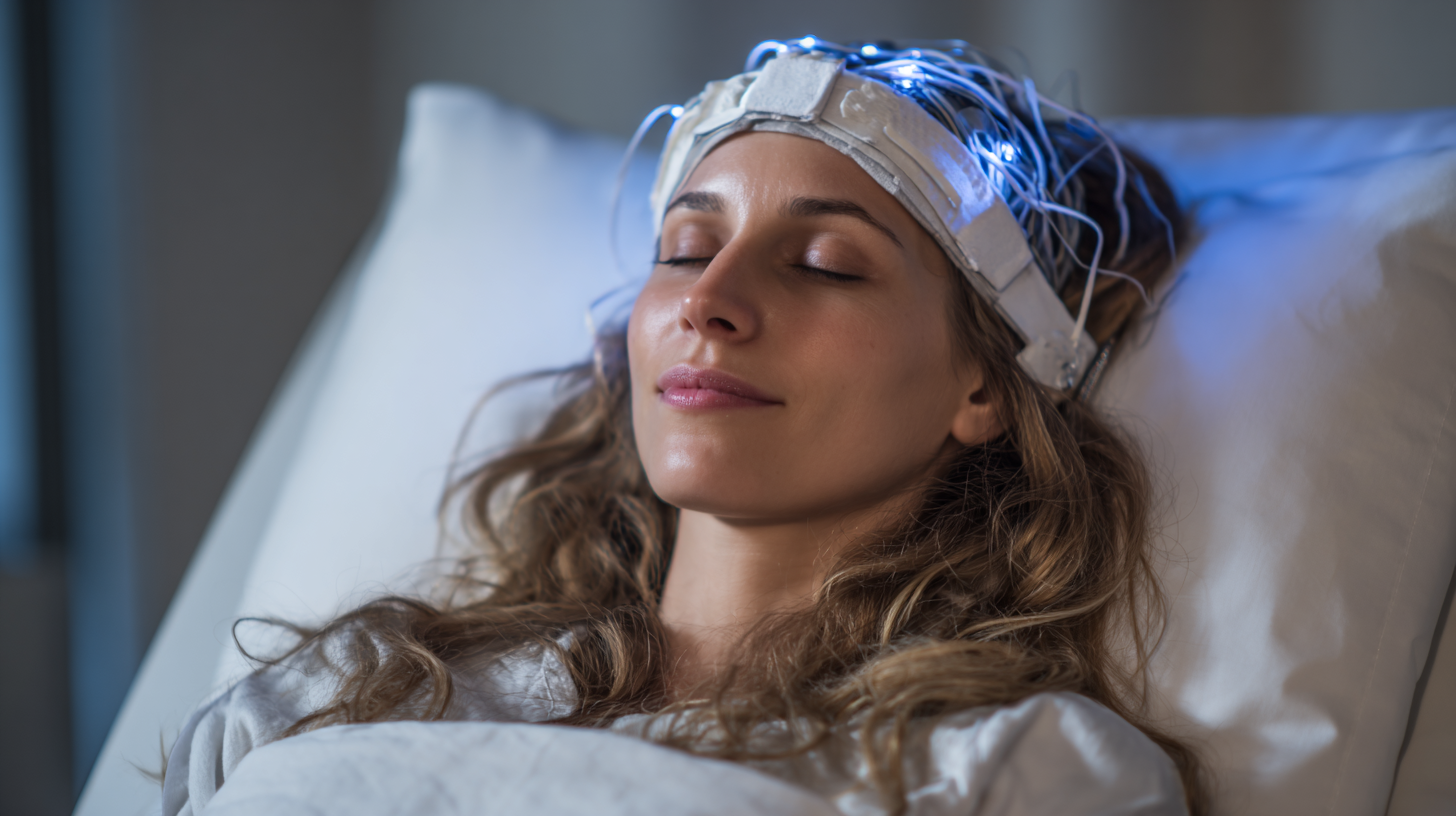 TMS (Transcranial Magnetic Stimulation) therapy has emerged as a groundbreaking treatment option for individuals struggling with various mental health disorders. The non-invasive nature of this therapy makes it an appealing choice for those seeking relief from depression, anxiety, and PTSD. One of the key benefits of TMS therapy is its capacity to stimulate neurotransmitter activity in the brain, promoting improved mood and emotional regulation without the side effects often associated with traditional medications.
TMS (Transcranial Magnetic Stimulation) therapy has emerged as a groundbreaking treatment option for individuals struggling with various mental health disorders. The non-invasive nature of this therapy makes it an appealing choice for those seeking relief from depression, anxiety, and PTSD. One of the key benefits of TMS therapy is its capacity to stimulate neurotransmitter activity in the brain, promoting improved mood and emotional regulation without the side effects often associated with traditional medications.
Patients undergoing TMS therapy often report significant improvements in their overall well-being and quality of life. By targeting specific areas of the brain responsible for mood control, TMS not only alleviates symptoms but also enhances cognitive function and emotional resilience. Furthermore, as TMS therapy typically involves a series of outpatient sessions, it offers convenience for busy individuals who may find it difficult to commit to lengthy treatment regimens. This unique approach heralds a new era in mental health care, empowering patients to reclaim their lives and improve their mental wellness in a supportive and effective manner.
How to Prepare for Your TMS Therapy Sessions: A Step-by-Step Guide
Preparing for TMS (Transcranial Magnetic Stimulation) therapy sessions is crucial for maximizing the benefits of this innovative treatment for depression and anxiety. According to a study published in the Journal of Clinical Psychiatry, TMS has shown significant improvement rates, with approximately 50-60% of patients achieving a notable reduction in depressive symptoms after completing the therapy course. To ensure you are fully prepared for your sessions, start by consulting with your healthcare provider to discuss your individual treatment plan and any potential medications that may continue alongside TMS.
In the days leading up to your first session, it's advisable to avoid caffeine and alcohol, as these substances can interfere with your mental state and the effectiveness of the treatment. The American Psychiatric Association recommends patients maintain a stable sleep schedule and engage in light exercise to promote overall well-being. Additionally, consider journaling your thoughts and emotions to enhance your self-awareness, which can significantly aid the therapeutic process. Remember, TMS therapy is non-invasive and typically well-tolerated, but being mentally and physically prepared will ensure that you gain the most from this valuable treatment option.
Benefits of TMS Therapy Over Time
What to Expect During and After TMS Treatment: A Patient's Perspective
Undergoing TMS (Transcranial Magnetic Stimulation) therapy can be a transformative experience for patients dealing with conditions like depression or anxiety. From a patient’s perspective, the process begins with an initial assessment, where a healthcare provider explains the procedure along with its benefits and potential side effects. Patients can expect to sit in a comfortable chair while a magnetic coil is placed near their head. The sensation during treatment is often likened to a tapping or tingling feeling, which can be unusual but is generally well-tolerated. Most sessions last about 20 to 40 minutes, during which patients are encouraged to relax and listen to music if desired.
Post-treatment, many patients report a feeling of mental clarity and a decrease in symptoms over the following weeks. It is important to understand that while some individuals may notice improvements immediately, for others, the benefits might take a few sessions to become apparent. Side effects are generally minimal, and patients may experience mild headaches or scalp discomfort. Maintaining open communication with the healthcare provider during this period is crucial, as they can provide guidance and support tailored to each patient's unique experience. As TMS therapy progresses, patients often find that their day-to-day life begins to improve, leading to enhanced overall well-being.
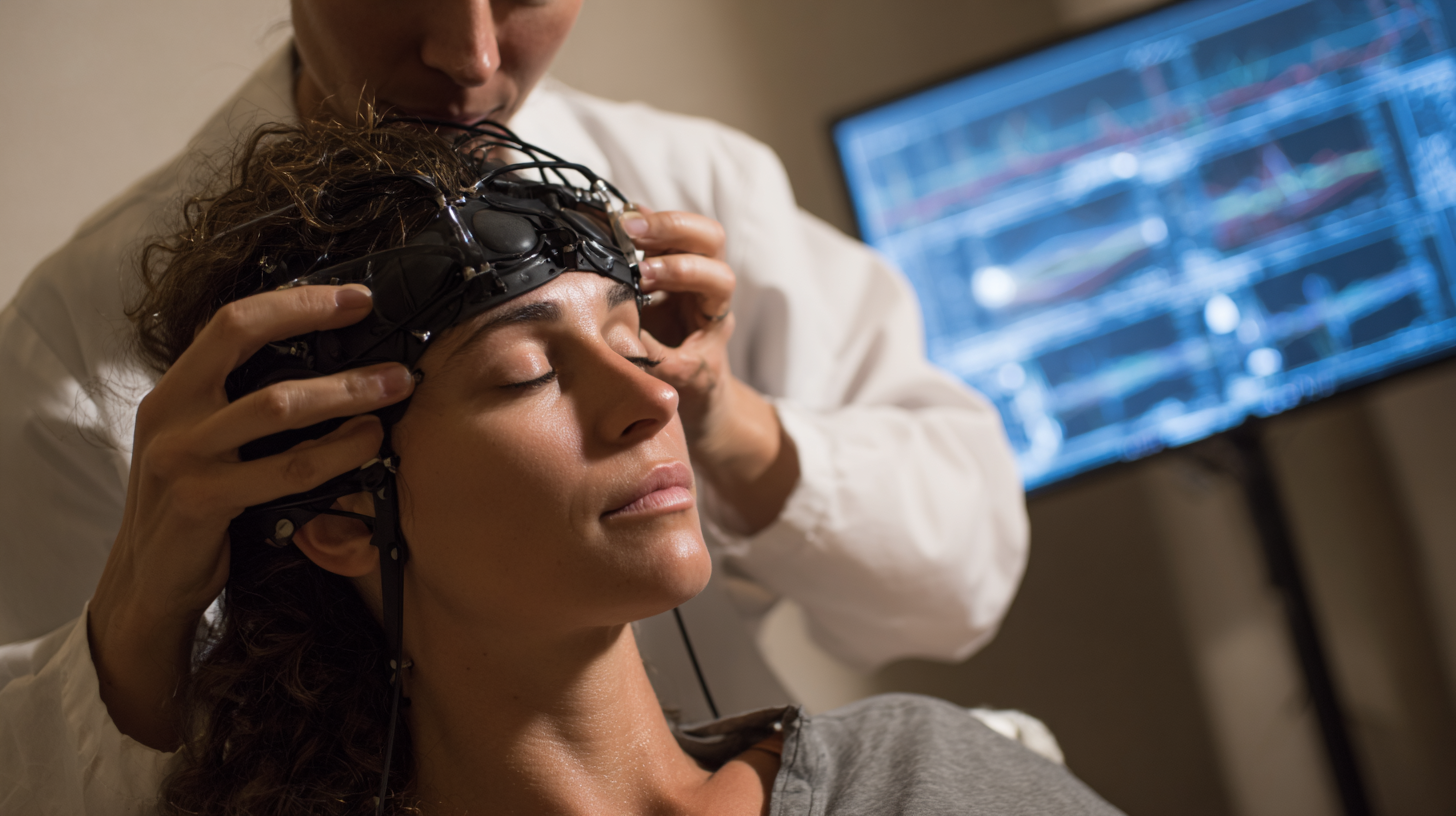
Related Posts
-
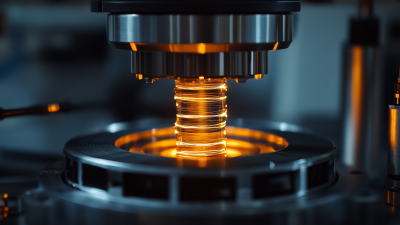
Unlocking the Benefits of Transmagnetic Stimulation for Your Global Sourcing Needs
-
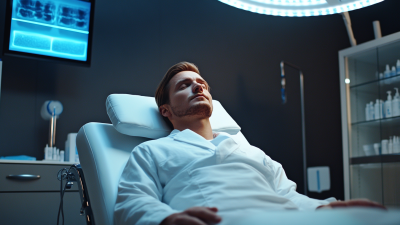
Revolutionizing Pain Management with Cutting Edge Tms Device Technology
-
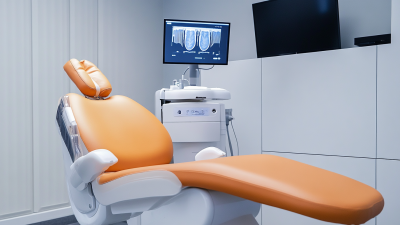
Innovative Approaches to Tms Magnetic Stimulation Solutions
-
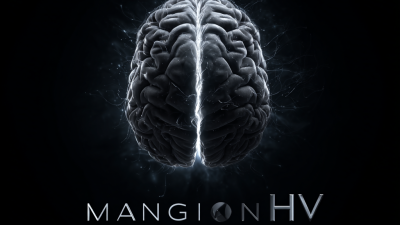
Innovative Applications of Best Magnetic Brain Stimulation in Modern Therapy
-

Essential Checklist for Choosing Transmagnetic Brain Stimulation Devices with Key Industry Data
-

Unlocking the Future of Manufacturing with Best Rtms Machine and Strategic Innovations for 2025
